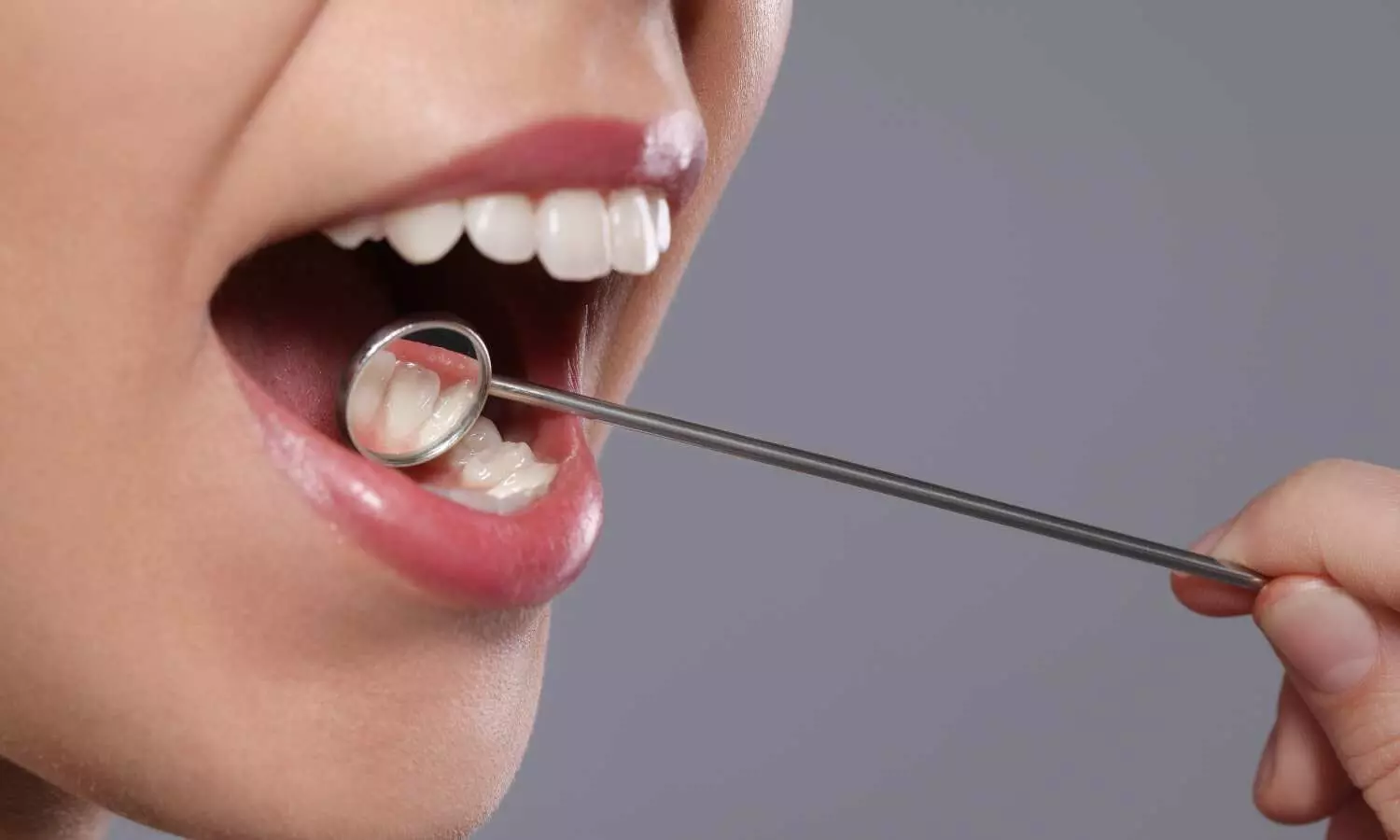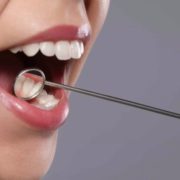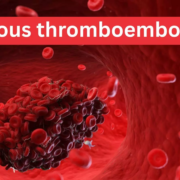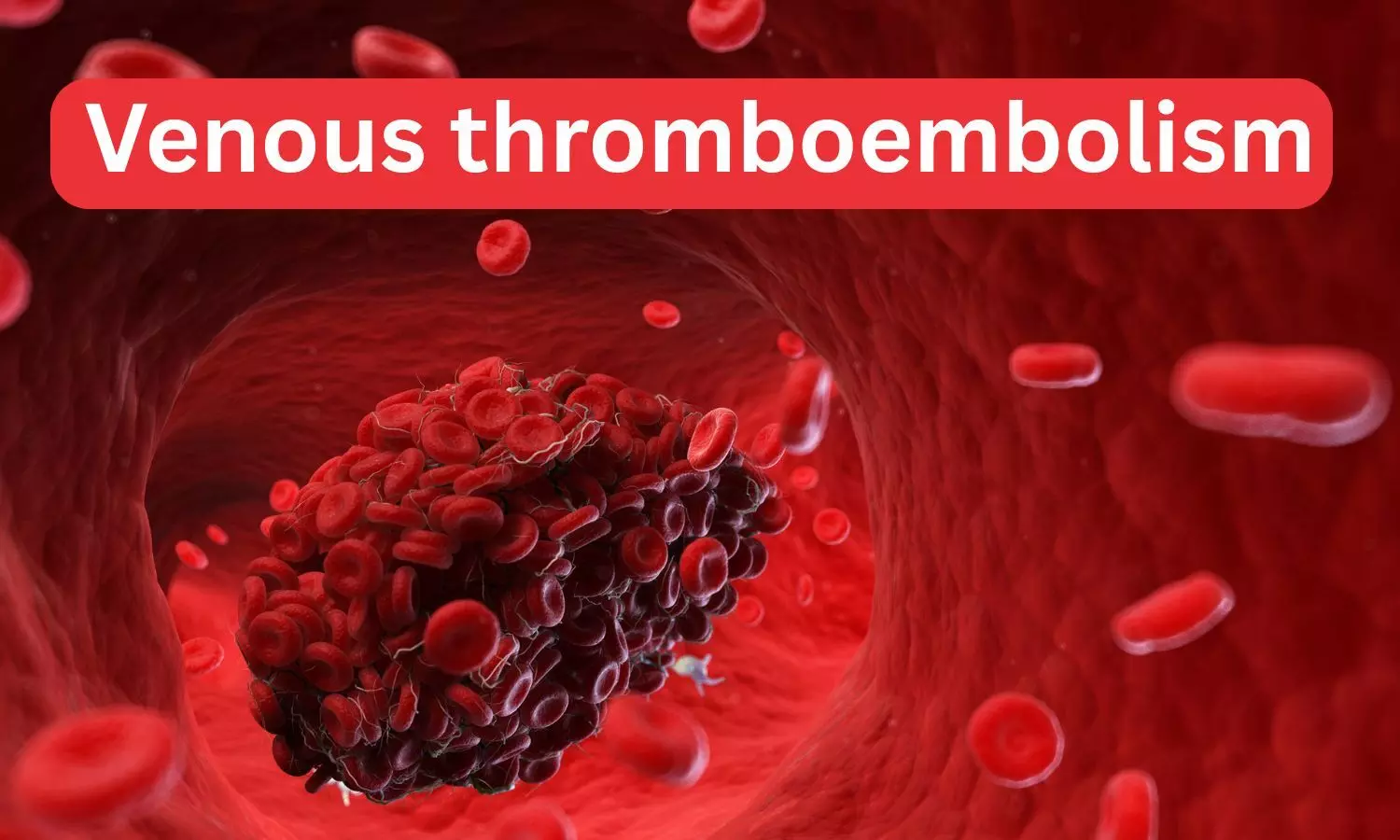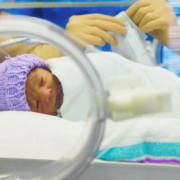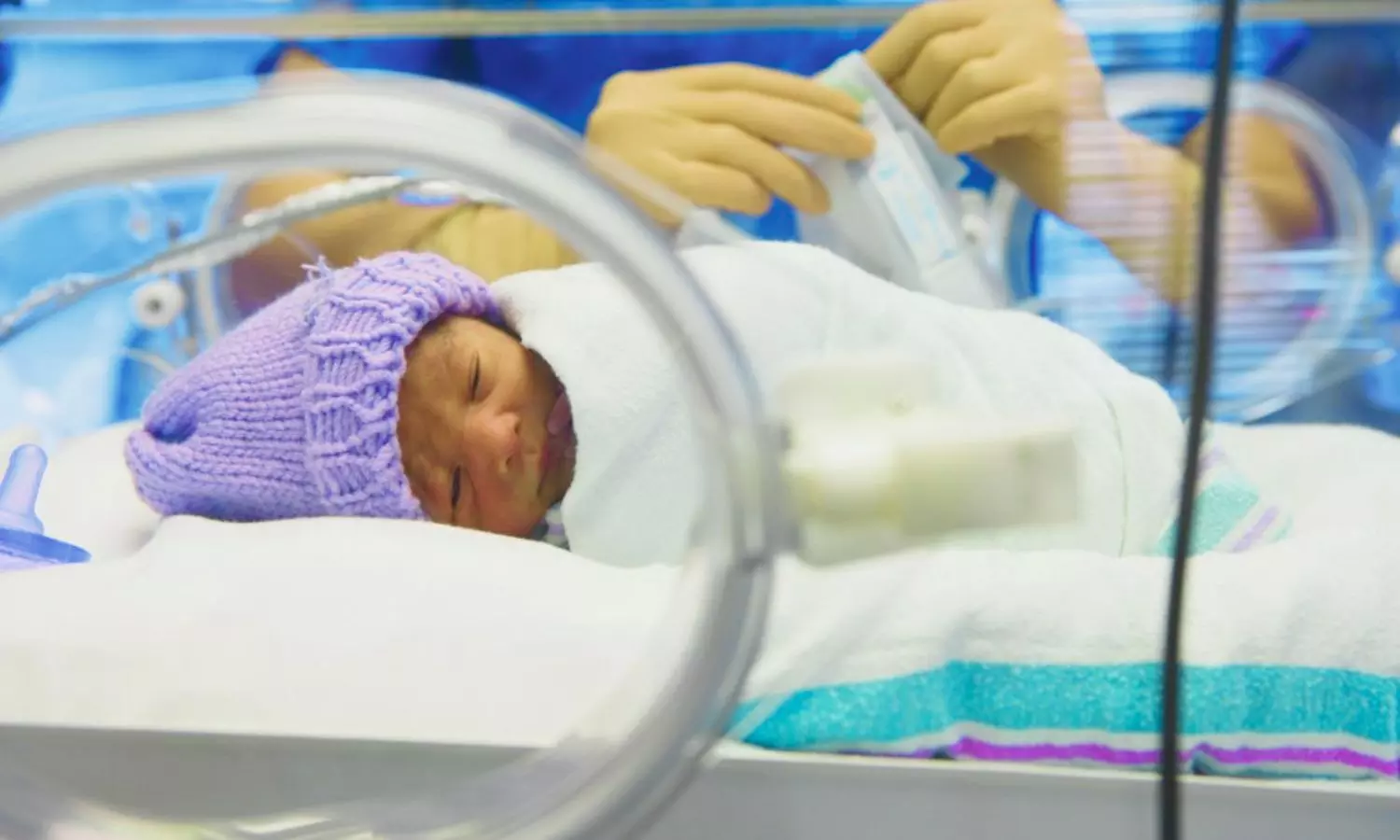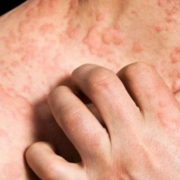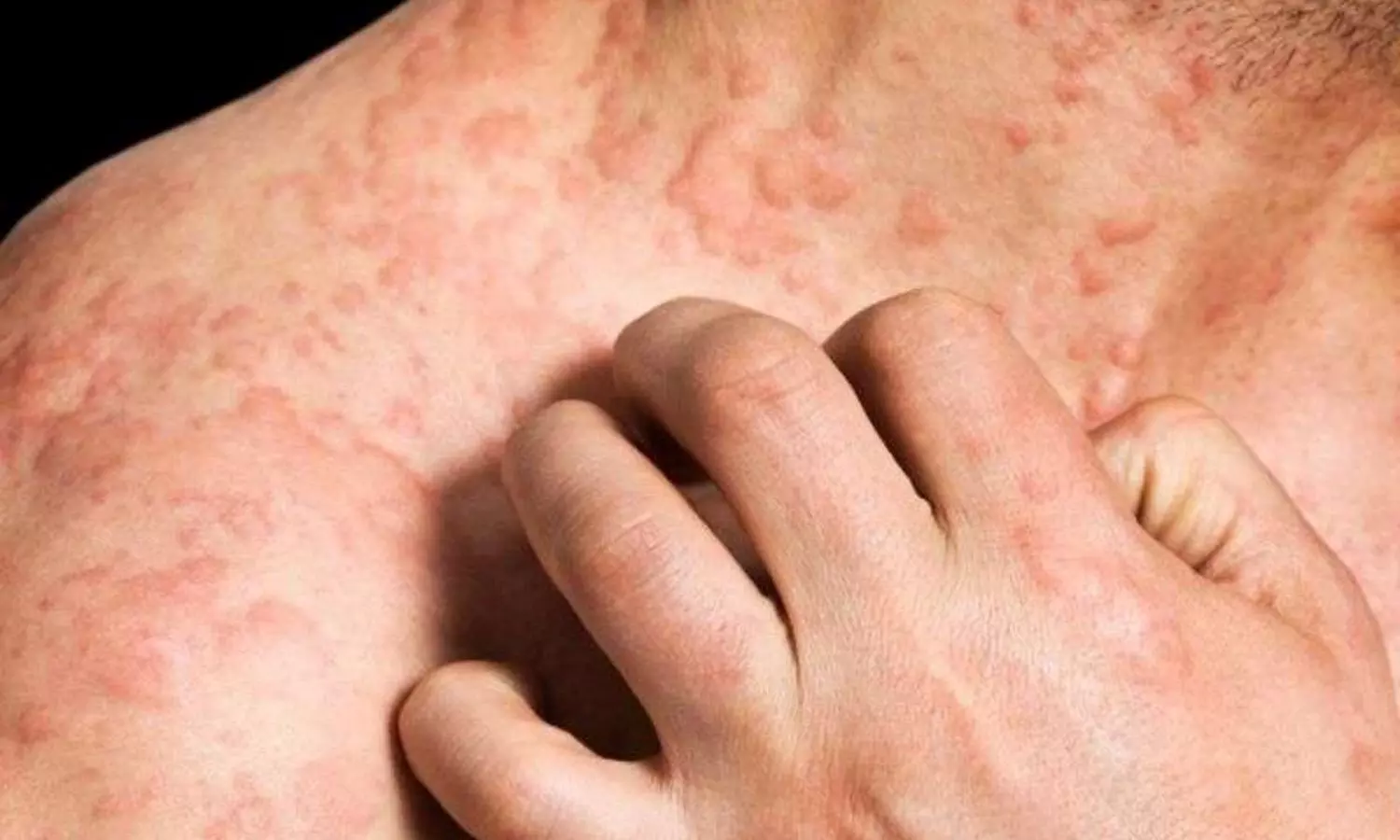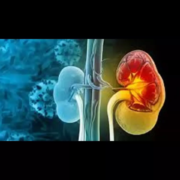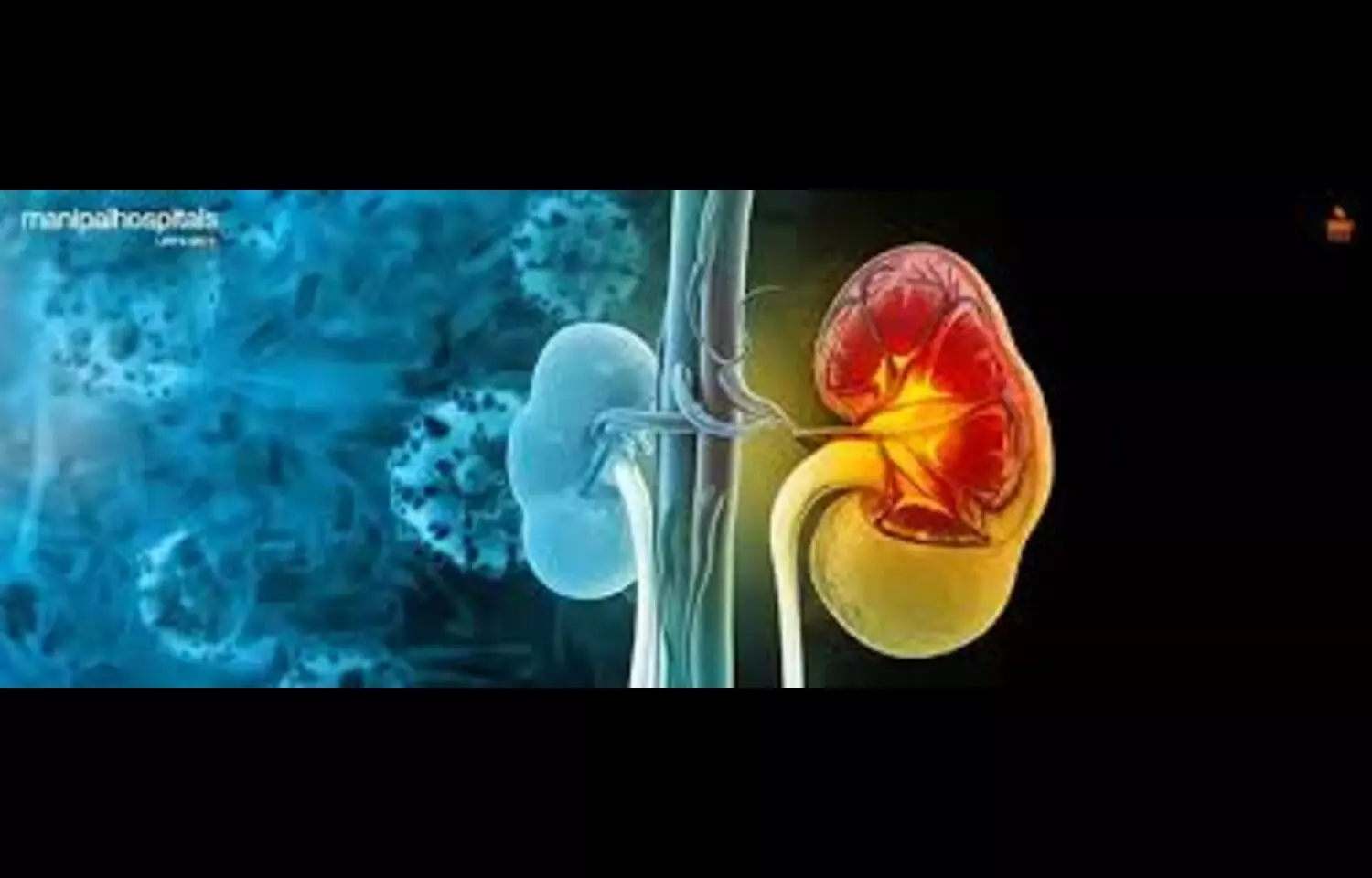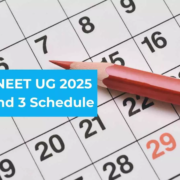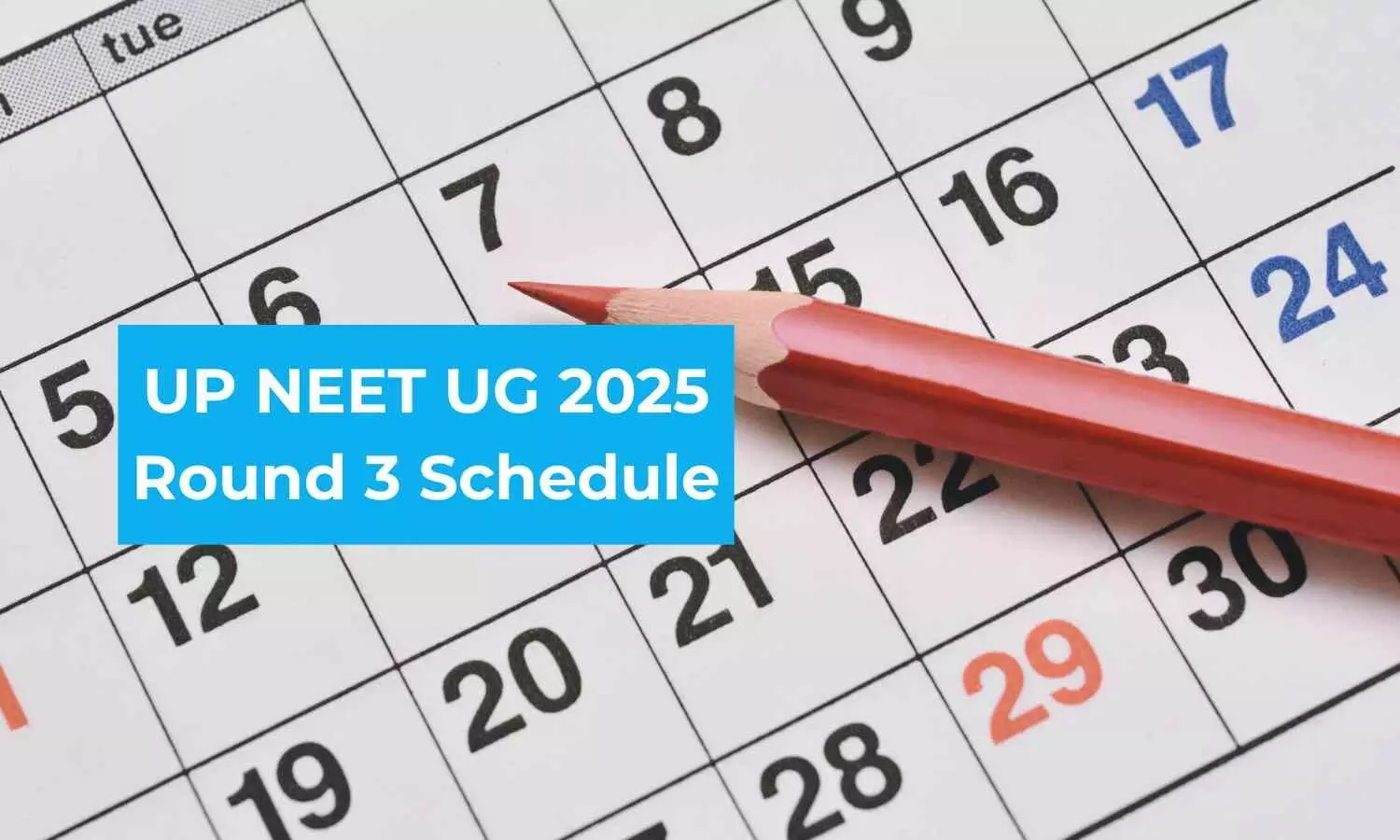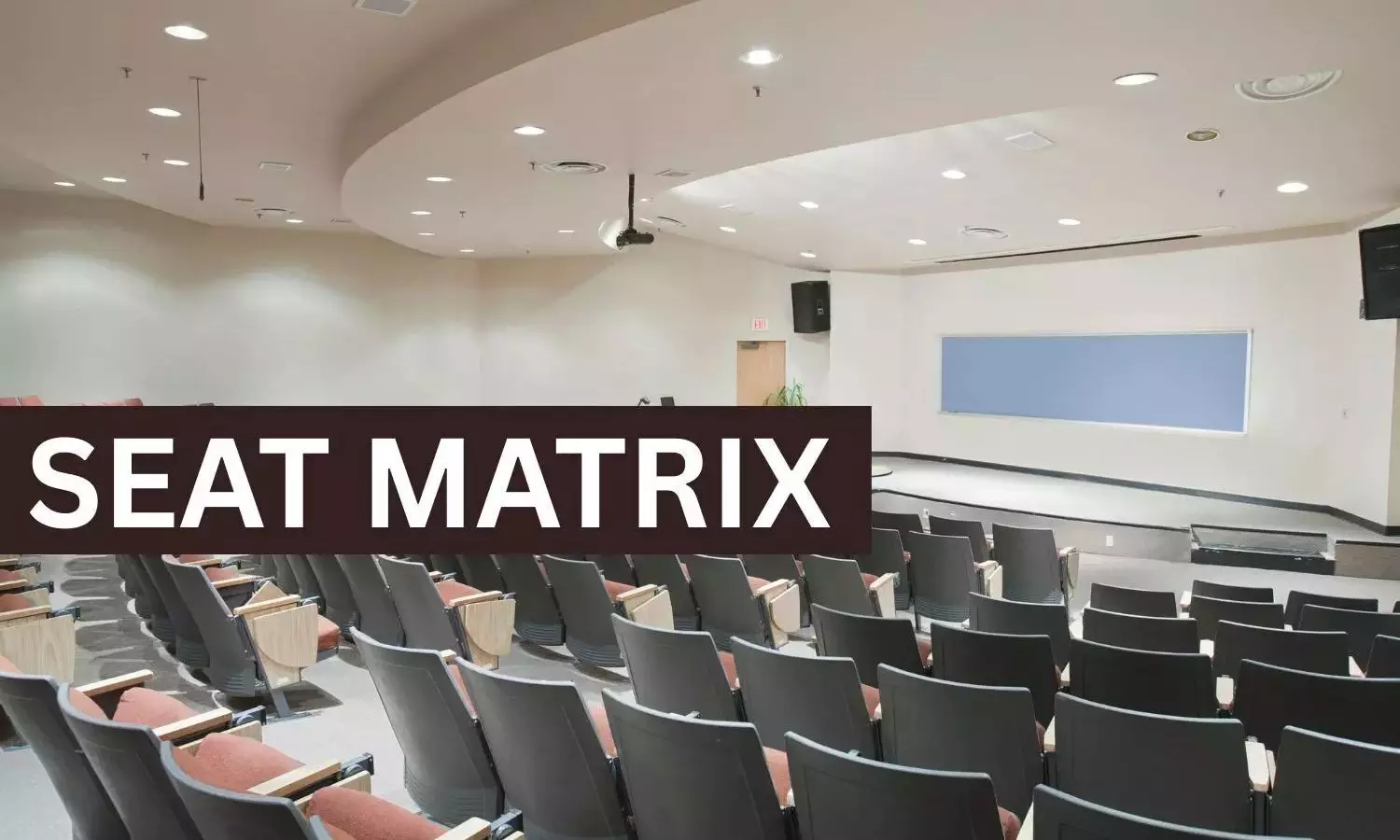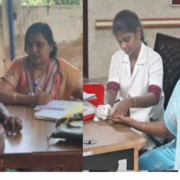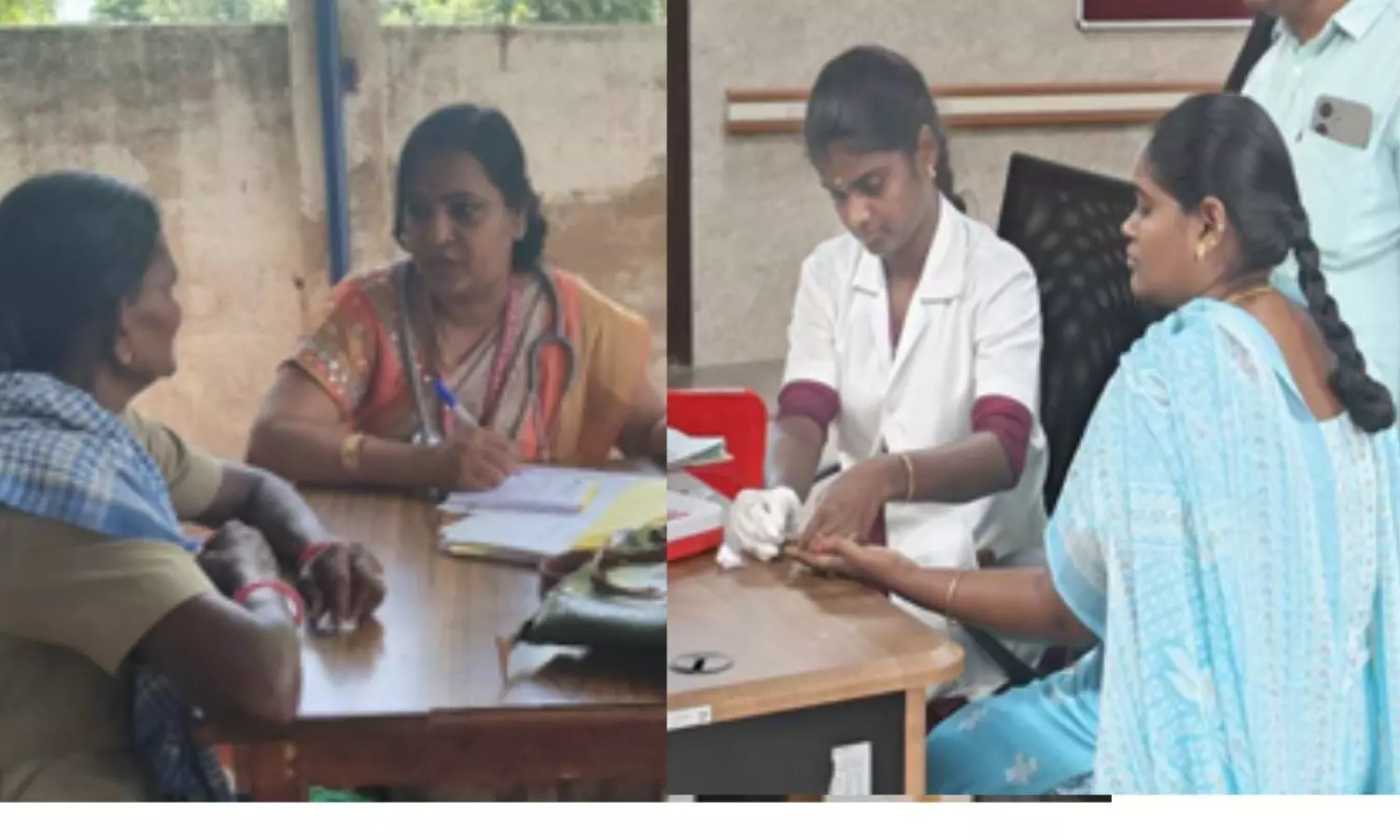
Telangana: The Kaloji Narayana Rao University of Health Sciences (
KNRUHS) has invited online applications for Admission into
BAMS, BHMS, BUMS, BNYS Courses under the competent authority quota for the academic year 2025-26.
Candidates can register online and upload scanned original certificates on website upto 05-10-2025. Provisional Final Merit position of the applied candidates will be prepared based on UG AYUSH 2025 Score and other eligibility criteria notified hereunder after verification of uploaded certificates.
All the interested candidates seeking UG AYUSH admissions at KRNUHS are advised to take note of the following details:
NUMBER OF SEATS UNDER COMPETENT AUTHORITY QUOTA
Total number of seats for the academic year 2025-26 in UG AYUSH Courses after exclusion of 15% seats to All India Quota in AYUSH Colleges affiliated to KNR University of Health Sciences, Warangal shall be notified on KNRUHS website before counseling.
a. In case any BAMS/BHMS/BUMS and BNYS seats are permitted by NCISM/NCH in colleges affiliated to the University for the Academic Year 2025-26, those seats also will be filled up. NO FURTHER NOTIFICATION WILL BE ISSUED.
2. Tuition Fee will be as notified by the Government of Telangana.
3. Age: The Candidate should have completed 17 years of age as on 31-12-2025. The candidates who do not complete 17 years of age as on 31-12-2025 are not eligible for admission.
ELIGIBILITY FOR ADMISSION INTO BAMS/BHMS/BUMS and BNYS: In accordance with NCH/NCISM Regulations as follows:
The candidate should have passed Intermediate (10+2 pattern) or its equivalent examination from any recognized Board with Physics, Chemistry, Biology or Biotechnology and English. Candidates have to apply online and upload the original certificates for Competent Authority Quota seats in colleges affiliated to Kaloji Narayana Rao University of Health Sciences, Warangal.
• OC candidates including candidates seeking EWS reservation should obtain not less than 50% marks in science subjects.
• BC/SC/ST candidates should obtain not less than 40% marks in science subjects.
• BC/SC/ST PWD candidates should obtain not less than 40% Marks in the science subjects.
• OC PWD candidates should obtain not less than 45% marks in science subjects.
ELIGIBILITY FOR ADMISSION INTO BUMS COURSE AS PER REGULATIONS OF NATIONAL COMMISSION FOR INDIAN SYSTEM OF MEDICINE(NCISM)
Admissions to Kamil-E-TIB-Wa-Jarahat course: A candidate seeking admission to main Kamil-E-Tib-Wa-Jarahat (Bachelor of Unani Medicine and Surgery – B.U.M.S.) Course must have passed.
(i) The candidate shall have passed 10+2 or its equivalent examination from any recognized Board with Physics, Chemistry and Biology or Biotechnology and shall have obtained a minimum of fifty per cent marks taken together in Physics, Chemistry and Biology or Biotechnology in the case of General category and forty per cent. marks in the case of the Scheduled Castes, Scheduled Tribes and Other Backward Classes: Provided that in respect of persons with disability candidate specified under the Rights of Persons with Disabilities Act, 2016 (49 of 2016), the minimum qualifying marks in the said examinations shall be forty-five per cent. in the case of General category and forty per cent in the case of the Scheduled Castes, Scheduled Tribes and Other Backward Classes.
(ii) Candidate shall have passed Urdu or Arabic or Persian language as one of the subjects in the 10th Standard or in 12th Standard.
(iii) Candidate who is not covered under clause (b) shall have to study Urdu language along with Arabic and Mantiq wa Falsafa (Logic and Philosophy) as a subject during the First Professional B.U.M.S. session.
(iv) The Pre-Tib examination shall be for one-year duration.
RESERVATIONS
15% seats under Competent Authority Quota shall be reserved for candidates belonging to Scheduled Castes. As per G.O. Ms. No. 10, SCD(POA.A2) Dept., Dated: 14.04.2025 and as per Government orders dated. 16.05.2025, out of 15% of seats reserved for SC, 1% of seats shall be reserved for SC Group I, 9% of seats shall be reserved for SC Group II, 5% of seats shall be reserved for SC Group III. The Rationalization of reservations shall be followed as per the said G.O. and Government orders from the AY 2025-26.
10% of seats under Competent Authority Quota shall be reserved for candidates belonging to Scheduled Tribes as per G.O.Ms.No. 33, Tribal Welfare Department, dated. 30.09.2022.
29% of the seats under Competent Authority Quota shall be reserved for candidates belonging to Backward Classes. BC-A -7%, BC-B-10%, BC-C-1%, BC-D-7% & BC-E-4%
No candidate seeking reservation for admission under the above categories be allowed to participate in the Counseling for admission unless candidate produces the Integrated Community Certificate prescribed by the Government and issued by the Revenue Authorities in the Government (Vide G.O.Ms.No. 58, Social Welfare (J) Department, dated. 12-05-1997).
10% of total seats in specified Government Ayush Colleges ( Specified for EWS Reservation implementation) are reserved for Economically Weaker Section ( EWS ) Category candidates who are not covered under the existing scheme of reservation for SC,ST & Socially and Educationally Backward Classes. These reservations will be implemented from seats sanctioned for implementation of EWS reservations by Ministry of Ayush, Government of India .
33 1/3% of seats shall be reserved for women candidates in each category; This regulation of guarantee shall not be applicable if women candidates are selected on merit in each category from 33 1/3% or more of the seats therein.
SERVICE QUOTA RESERVATION:
Seats shall be reserved in each course and in each category for the following to the extent indicated against them: A CAP (Army) : 1 %; B Persons With Disabilities (PWD) : 5 %.
NOTE:
i) Reservation under CAP Category: 1% for children of Ex-Service men & Serving personnel of 3 wings of defense service viz., Army, Navy & Air-Force. The above reservation is applicable to the children of Ex-Service men & Serving personnel of 3 wings of defense service viz., Army, Navy & Air-Force., who aredomiciled in Telangana based on the Permanent address / Home town declared by them while joining service and as recorded in their service register. (Vide G.O.M.S.No.166 HM&FW (E2) Dept. Dated: 23-09-2023).
ii) The guidelines of Govt. of India and regulations of NCH, NCISM/NMC shall be observed in making admissions of Persons With Disabilities (PWD) candidates.
iii) The candidate who claim for admission under Persons with Disabilities (PWD) category shall mention in the online application as applying under PWD category and have to appear before Medical Board to be constituted for the purpose by the University as per the schedule to be notified by the university for eligibility under PWD status.
ONLINE APPLICATIONS
The on-line application form for determining merit position in respective categories for Competent Authority quota seats using NEET UG–2025 scores will be available on the website https://tsbahnu.tsche.in from 8.00 AM on 01-10- 2025 to 11.30 PM on 05-10-2025.
Note: The candidates are advised to take a print out of the Prospectus / Instructions.
The candidate should fill the online application form available in the Website with the data required for through computer. The online application form can be filled through any computer with internet connection. The candidate is advised to fill the online application form after going through the Prospectus by keeping all the Certificates, Scanned Photo and Signature in the jpg/.gif format separately (as shown below) (step-1) and ready to enter his/her correct data and upload the necessary certificates, photo and signature after the payment of application fee through Online.
PROCEDURE TO FILE ONLINE APPLICATION CERTIFICATES REQUIRED BEFORE FILLING THE APPLICATION FORM ON-LINE
The following Certificates are required to be uploaded to complete the application process. Certificates marked as mandatory shall be uploaded by every candidate. Other certificates are to be uploaded as per the candidate requirement category .The certificates are to be scanned and kept ready to upload. Application fee has to be paid through online.
List of Documents
| Sl.No |
Details of Certificate |
File Type |
Size
of file |
| 1 |
NEET UG 2025 Rank Card. (Mandatory) |
pdf |
500 KB |
| 2 |
NEET UG 2025 Admit Card |
pdf |
500 KB |
| 3 |
Birth Certificate (SSC Marks Memo).
(Mandatory) |
pdf |
500 KB |
| 4 |
Qualifying Exam Certificate (Intermediate Marks Memo OR Equivalent
– Grade Certificate not Accepted) (Mandatory) |
pdf |
500 KB |
| 5 |
Study Certificates from 9th to 10th (If More than one certificate scan all into a single PDF file) (Mandatory) |
pdf |
500 KB |
| 6 |
Study Certificates – Intermediate or equivalent for 2 Years (If
More than one certificate scan all into a single PDF file)
(Mandatory) |
pdf |
500 KB |
| 7 |
Transfer Certificate |
pdf |
500 KB |
| 8 |
Caste Certificate (If applicable) |
pdf |
500 KB |
| 9 |
EWS Certificate issued after 1st April,2025 valid for the year
2025- 26 claiming reservation under EWS Categories issued by competent
authority (Tahasildar) of State of Telangana ((Mandatory) If applicable) |
pdf |
500 KB |
| 10 |
Parental Income Certificate (If applicable) |
pdf |
500 KB |
| 11 |
NCC Certificate(If More than one certificate scan all into a
single PDF file) (If applicable) |
pdf |
1500 KB |
| 12 |
CAP Certificate (If More than one certificate scan all into a
single PDF |
pdf |
1000 |
| file)(If applicable) |
KB |
| 13 |
Persons With Disabilities (PWD) Certificate (If applicable) |
pdf |
500 KB |
| 14 |
Residence certificate of the candidate issued by MRO / Tahasildar
of Telangana for a period of four – years (Period to be specified with exact
month and year) for candidates who have qualified from open schools. |
pdf |
500 KB |
| 15 |
Aadhar Card |
pdf |
500 KB |
| 16 |
Candidate’s Latest passport size Photo (Mandatory) |
jpg OR jpeg |
100 KB |
| 17 |
Specimen Signature of the Candidate (Mandatory) |
jpg OR jpeg |
100 KB |
1. Open the website https://tsbahnu.tsche.in Home page displayed as follows.
There are 4 steps to register for UG admission program i.e
a. Mobile and Email Registration, (Mobile and Email registration is to be done only once (if it is successfully completed))
b. Candidate Registration (Payment of fee), (If Payment is successful, you will receive registration number to your mobile and email. you need not repeat this step again if you receive registration number)
c. Updating of data (you can edit data any number of times till the verification process starts)
d. Uploading of Certificates. (you can edit data any number of times till the verification process starts)
2. Monitor Resolution to be set to maximum, Best viewed in 1920 X1080 pixels.
3. Click on the Mobile and Email Registration. The candidate should have a valid /working Mobile and Email Id. OTP will be sent to registered Mobile and Email Id at different stages. The candidate should keep the Mobile and Email Id active till completions of the counselling process. The candidate has to enter OTP’s received to mobile and Email Id for registration and Verification of Mobile and Email Id.
4. After entering the details click on validate button.
5. If all the details entered are correct and verified with OTP’s your system will display a successful message and proceed to registration form.
6. Registration Form appears in which Candidate has to give the details.
7. After entering the details click on validate button it will take you to the Payment Gate way for payment fee.
8. If all the details entered are correct your system will display payment reference number Button to proceed for payment. Depending on your caste category the Registration fee is varied. Once paid you will not get any refund. Hence, you are requested to double check the eligibility conditions mentioned in the Prospectus yourself and pay the fee.
9. Now you will be directed to the Payment Gateway, Click OK
10. Select mode of payment
11. After payment you will receive a Successful Payment message on the screen and you will receive the Registration number to your mobile and email. Please note down the registration number for further correspondence. Do not refresh or close the page until you will receive a Successful Payment message. It may take few seconds to processes the payment and verify the details wait patiently
12. For updating the details of the candidate enter Roll Number and the Registration number and click on validate button to enter into the Application form.
13. The application form will be displayed as shown below. You have to fill the details and upload Passport Size Photo and Signature (Note: Scanned photo and Signature should be less than 100 KB and in JPEG or JPG format)
14. After filling the form, click on Save and Exit Button. This process can be repeated till all the data you entered are correct using Data Updation link on the Home page. Then click on Upload Certificates Button to proceed for document attachments.
15. After uploading all the required certificates, Click on Save and Print, You will get your filled in application form, take printout of this form for further assistance. If you click on Print Application button you will get earlier saved data.
To view the full official notice, click here: https://medicaldialogues.in/pdf_upload/20250930110257knruhs-ug-ayush-admissions-under-competent-authority-quota-for-the-ay-2025-26-prospectus-302822.pdf
